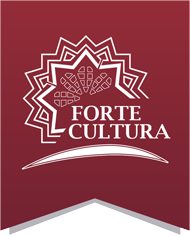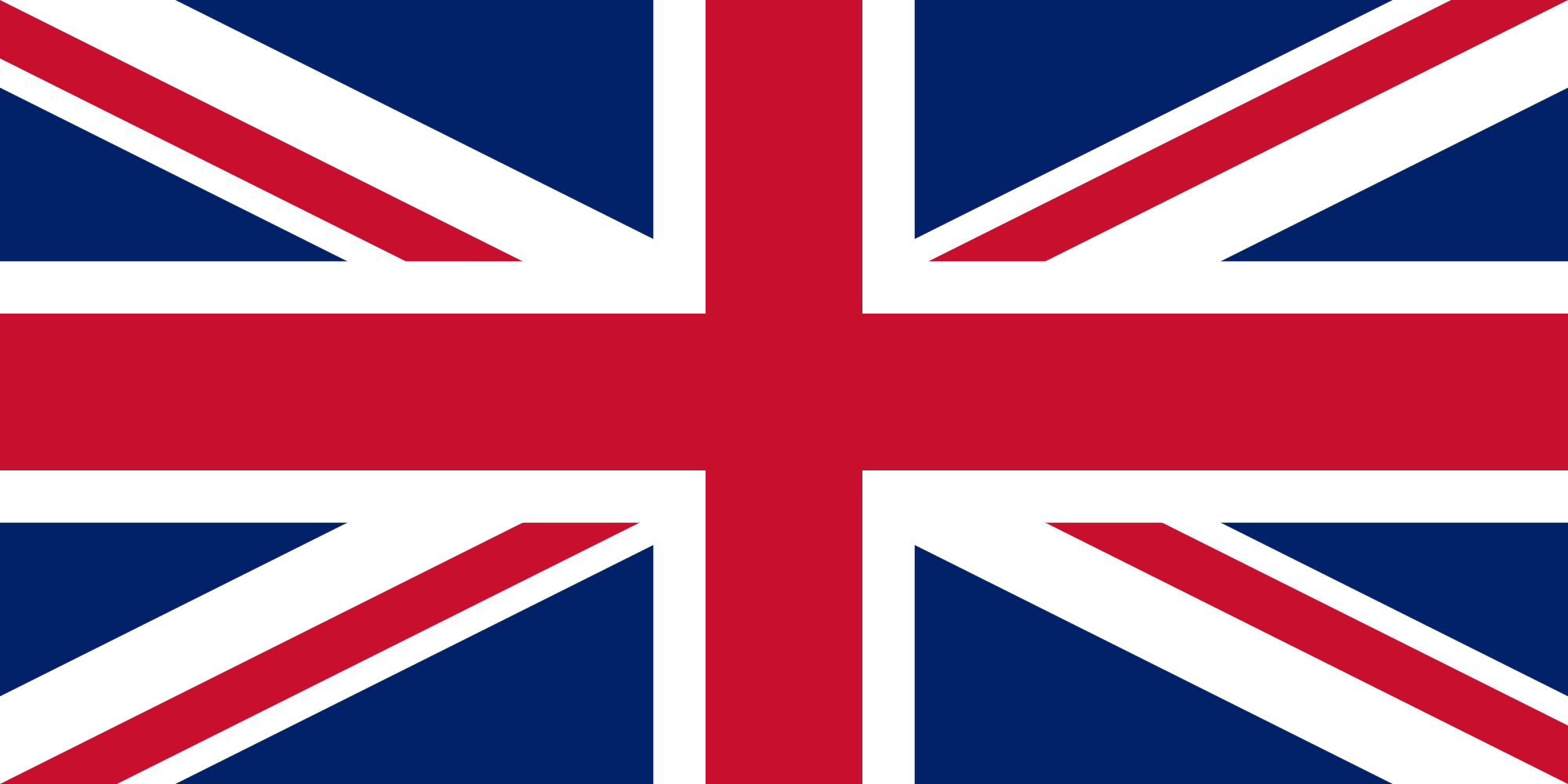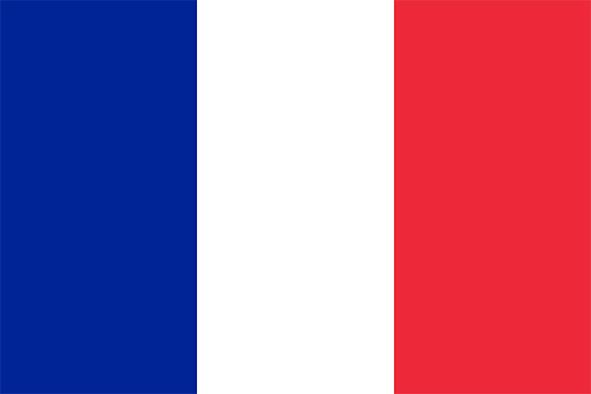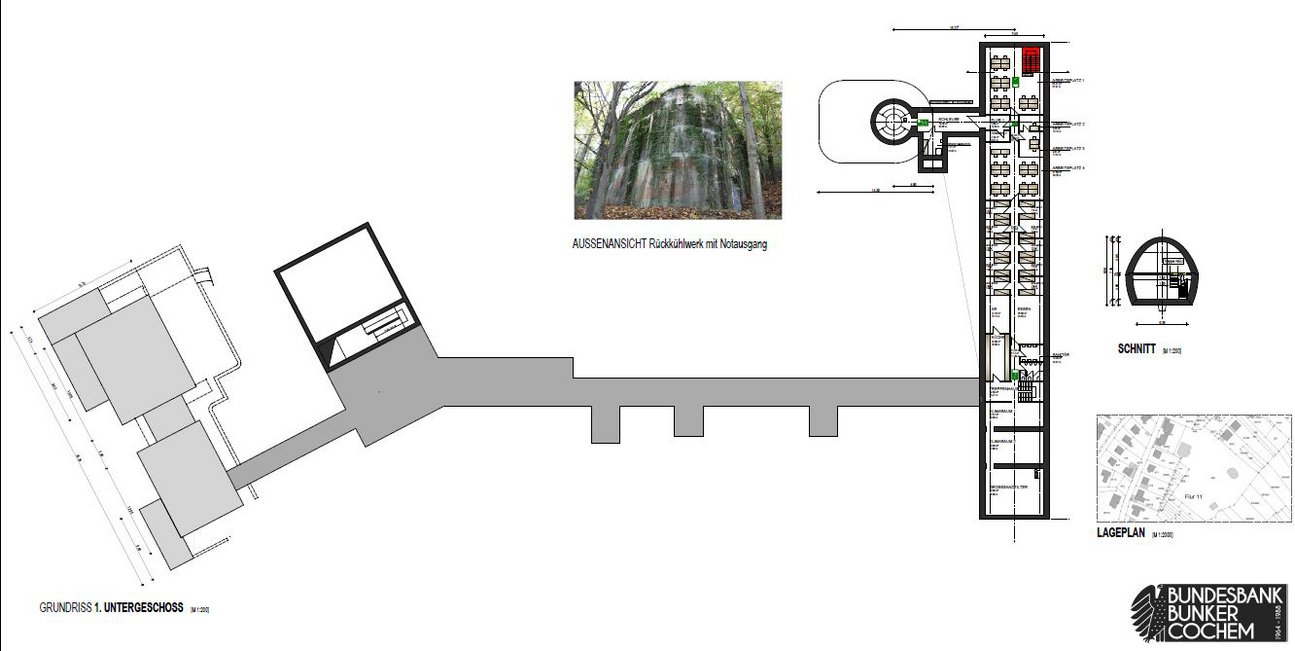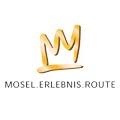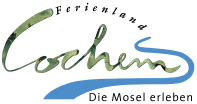Contact
Bundesbank bunker Cochem
Am Wald 35
Phone: 02671 9153540
E-mail
website
The purpose of the facility was to store a secret emergency currency in the amount of 15 billion DM during the Cold War. From 1964 to 1988, the bunker was subject to the strictest secrecy. Although it was known that there was a bunker facility here, absolute silence was maintained about its use. As a relic of the Cold War, the listed underground vault and bunker facility is unique in Europe.
Experience World
Bunker complex with vaults
After passing through heavy steel doors, you enter the secret deep bunker via the dead-straight, approx. 100 m long access tunnel.
Supply facilities
Supply facilities
Communication facilities from the 1960s
The bunker facility was equipped with a warning station and a communication system with teleprinters as well as a telephone system to maintain communication with the outside world as far as still possible after a nuclear strike.
Camouflage houses
The so-called Tarnhäuser (camouflage houses), a luxurious semi-detached house with garage annex, swimming pool and large garden, were acquired by the Bundesbank in the early 1960s and used as a training and recreation home for Bundesbank employees. This use served as camouflage for the bunker and was maintained until 1993.
Tour Offers and Information
BUNDESBANK BUNKER - Guided tours
OPENING HOURS SUMMER The Bundesbank bunker can only be visited on a guided tour. OPENING HOURS WINTER www.bundesbank-bunker.de PRICES
Map
Monument and History
History From 1964 to 1988, the bunker was used by the Bundesbank to store the replacement series BBk II. This use was abandoned in 1988 and all the stored money, which was never needed, was shredded. The bunker then stood empty. In 1994, the Cochemer Volksbank bought the bunker and set up lockers in one part for flood-proof storage of their customers' money. This use was also abandoned, and in 2014 a business couple from the neighbouring town bought the facility and restored it extensively to make it a museum. The two camouflage houses (used for training purposes for Bundesbank employees until 1993) were converted into a hotel while preserving the listed façade. The interior design is reminiscent of the sixties with loving details. In the basement of the hotel is an entrance to the bunker complex, which is now closed to guests.
Quelle: Zentrale © Bundesbank-Bunker Cochem Quelle: © Bundesbankbunker Cochem Quelle: Lagerräume der Ersatzwährung © Bundesbank-Bunker Cochem Quelle: Notgeld © Bundesbank-Bunker Cochem
Architecture Hochtief AG used approx. 3000 m³ of concrete in the 2 years of construction of the bunker facility from 1962-1964. The facility was built into the rock and erected approx. 30 m below ground.
Quelle: © Bundesbankbunker Cochem Quelle: Tunnel © Bundesbank-BUnker Cochem Quelle: © Hotel Vintage am Bundesbank-Bunker Quelle: Eingang © Bundesbankbunker Cochem
Nature Experience The bunker complex can also be optimally reached on foot from the town and can be wonderfully included in hiking routes around Cochem. The Conder Höhe hikers' car park is an ideal starting point for exploring nature and history on an excursion.
Quelle: Apolloweg © Ferienland Cochem Quelle: © Bundesbank-Bunker Cochem Quelle: Naturschutzgebiet Brauselay © Cochem-Cond Quelle: © Cochem Mosel Touristik
Partner
